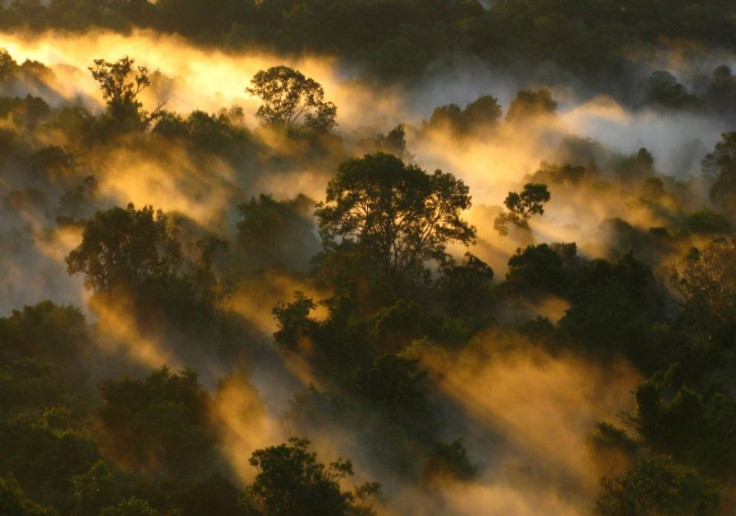Amazon has lost half its capacity to absorb CO2 as trees die fast: Study

An extensive 30-year land-based study of the Amazon has shown that the rainforest has lost almost half its capacity to absorb carbon from the atmosphere, thanks to a surge in death of trees.
From a peak of two billion tonnes of carbon dioxide each year in the 1990s, the net uptake by the forest has now halved, reveals the study undertaken by an international team of researchers.
The Amazon rainforest has been likened to the lungs of the planet, as they absorb a large part of the carbon dioxide put into the atmosphere.
The analysis indicates a surge in the rate of trees dying across the Amazon due to growth stimulation from extra carbon.
As a result, predictions of a continuing increase of carbon storage in tropical forests may be too optimistic, say the researchers.
Lead author Dr Roel Brienen, from the School of Geography at the University of Leeds, said: "Tree mortality rates have increased by more than a third since the mid-1980s, and this is affecting the Amazon's capacity to store carbon."
While an increase in carbon dioxide in the atmosphere was initially welcome and led to a growth spurt for the Amazon's trees, the resulting growth stimulation is causing trees to live faster and so die younger.
The findings by the international team of almost 100 researchers led by the University of Leeds are published in Nature.
While the death of trees started before the intense drought of 2005, the researchers suspect droughts and unusually high temperatures in the Amazon may be contributing to the loss.
"Climate change models that include vegetation responses assume that as long as carbon dioxide levels keep increasing, then the Amazon will continue to accumulate carbon. Our study shows that this may not be the case and that tree mortality processes are critical in this system," said Brienen.
The team examined 321 forest plots across the Amazon's six million square kilometres, identified and measured 200,000 trees, and recorded tree deaths as well as growth and new trees since the 1980s.
The work was coordinated by RAINFOR, a research network dedicated to monitoring the Amazonian forests.
© Copyright IBTimes 2025. All rights reserved.





















